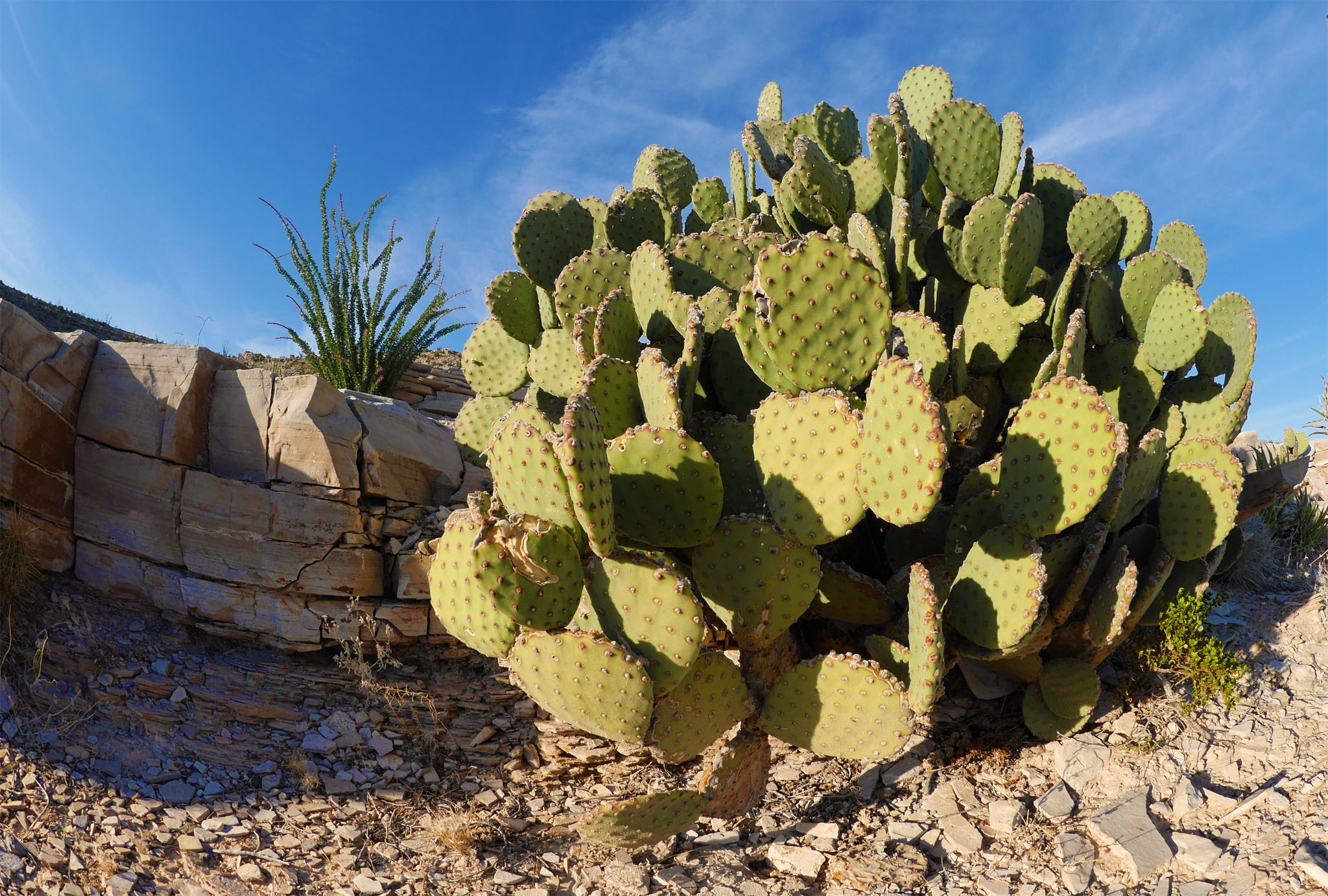In the arid expanses of desert ecosystems, cacti thrive in an extraordinary symbiosis with their environment. These remarkable plants, with their beguiling forms and striking adaptations, not only embody resilience but also captivate the imagination with their aesthetic appeal. This article delves into the enchanting world of desert cacti, illuminating various types that you’ll surely love for their unique characteristics and ornamental value.
Desert cacti possess distinct anatomical features that fascinate both amateur enthusiasts and seasoned horticulturists. Their ability to store water, withstand scorching heat, and flourish in sandy soils presents a stunning testament to nature’s ingenuity.
Exploring the myriad varieties, we shall encounter species that not only adorn the desert landscape but also invite admiration with their stunning blooms and shapes.
Magnificent Saguaro: The Icon of the Desert
Perhaps the most recognizable of all cacti, the Saguaro (Carnegiea gigantea) stands tall as a symbol of the American Southwest. This colossal cactus can grow to heights exceeding 40 feet, boasting an impressive lifespan that can extend beyond 150 years. Its soaring height and striking silhouette create an iconic landscape, reminiscent of classic Western films and desert panoramas.
What sets the Saguaro apart is its distinct arm-like extensions that emerge after the plant reaches a height of around 50 to 70 years. This characteristic not only enhances its architectural beauty but also allows it to collect more sunlight, optimizing its growth in challenging conditions. As spring approaches, the Saguaro dazzles observers with clusters of creamy white flowers that bloom at night, releasing a sweet fragrance that attracts nighttime pollinators. The sight of a blooming Saguaro, decorated with vibrant blossoms against a cerulean sky, is nothing short of magical.
Charming Barrel Cacti: The World’s Pocket-Sized Wonders
Barrel cacti, particularly the Golden Barrel Cactus (Echinocactus grusonii), encapsulate the charm of desert flora in a compact form. These round, ribbed cacti exude a stately presence despite their manageable size, growing to about three feet tall and two feet wide. Their globular structure, adorned with prominent spine clusters, makes them delightful focal points in xeriscaped gardens.
One of the most attractive aspects of the Golden Barrel Cactus is its brilliant golden spines, which catch sunlight and shimmer beautifully, creating a warm glow that resembles golden treasure. In addition to their aesthetic appeal, barrel cacti store water efficiently, enabling them to survive prolonged drought conditions. During the flowering season, yellow trumpet-shaped flowers emerge from the apex of the cactus, gracing the undulating desert floor with vibrant hues that entice hummingbirds and butterflies alike.
Stylish Organ Pipe Cactus: Nature’s Vertical Masterpiece
Cereus thurberi, commonly known as the Organ Pipe Cactus, captivates with its unusual growth pattern. Unlike other cacti that exhibit a solitary trunk, the Organ Pipe Cactus branches out dramatically, producing numerous vertical stems that rise like a choir of pipes. This exquisite branching pattern imparts a whimsical elegance to any desert garden, providing a unique visual structure in the landscape.
Operating on a similar ecological principle as the Saguaro, the Organ Pipe Cactus can reach heights of up to 20 feet and showcases stunning white flowers that bloom at night, creating a silvery glow under the moonlight. These blossoms are not only aesthetically pleasing but also play a crucial role in the life cycle of local wildlife, attracting essential pollinators. The juxtaposition of its imposing stature and delicate flowers offers a fascinating contrast that embodies the delicate balance of life in harsh environments.
Intriguing Fishhook Cactus: The Portable Green Treasure
For collectors or those with limited garden space, the Fishhook Cactus (Ferocactus wislizeni) presents the perfect opportunity to enjoy the allure of cacti in a smaller format. This species is characterized by its spiral ridges and curved central spines, resembling fishhooks that provide a captivating texture. Typically growing to about two feet in height, the Fishhook Cactus thrives in rocky soils and is particularly resilient against extreme temperatures.
In early summer, the Fishhook Cactus rewards attentive observers with vibrant blooms that range from brilliant red to sunny yellow, creating a stunning contrast against its green body. These flowers extend upwards, welcoming pollinators with open petals. The mesmerizing appearance of the Fishhook Cactus, combined with its manageable size and resilience, makes it an excellent choice for both container gardening and landscape design.
Conclusion: Embracing the Desert Aesthetic
Desert cacti serve as a bridge between survival and beauty, as their distinctive adaptations enable them to flourish in even the harshest conditions. From the iconic Saguaro standing sentinel to the compact charm of the Fishhook Cactus, each species offers unique characteristics that enrich any desert landscape or xeri-garden. Exploring the varied cacti of the desert not only allows for a deeper appreciation of nature’s artistry but also inspires creativity and wonder within our garden spaces. The aesthetic appeal of these plants, combined with their hardy nature, ensures that they remain beloved icons of the desert.





Leave a Comment